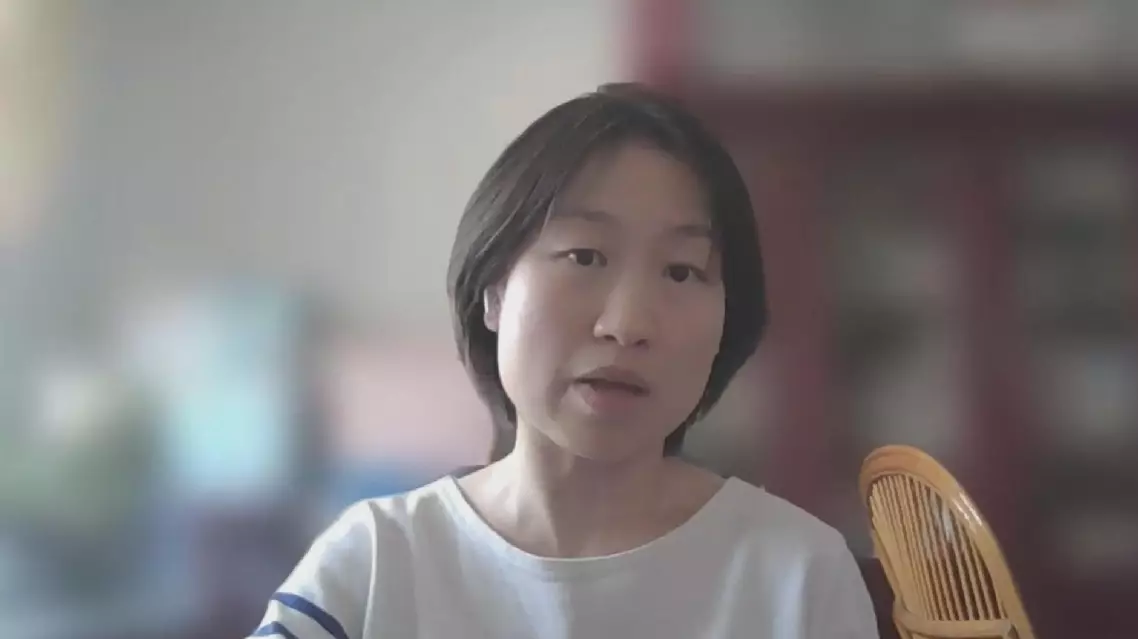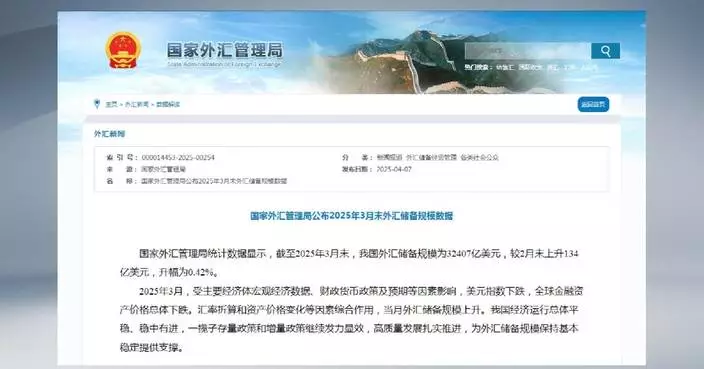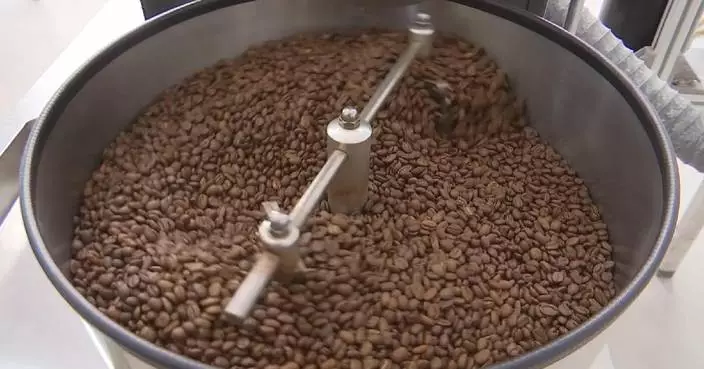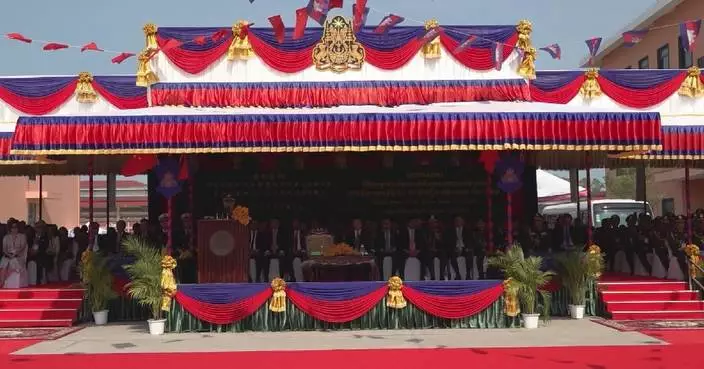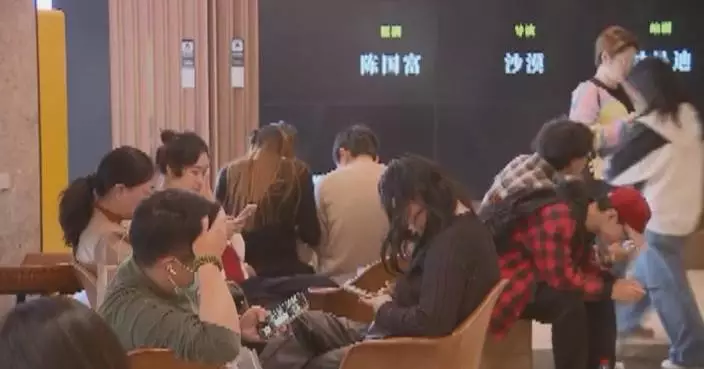Dunhuang City, located in northwest China's Gansu Province, has emerged as one of the country's top travel destinations for its rich natural and cultural heritage. During the ongoing Mid-Autumn Festival, the city has attracted large crowds of holidaymakers.
The city's Mingsha Mountain and Crescent Spring scenic area offers a variety of exciting new activities and festival events, particularly appealing to younger visitors. The crescent moon-shaped spring, shimmering like a diamond sparkling in the desert, and the name of Mingsha Mountain, which refers to the sound of the wind over the dunes, make this green oasis a premiere destination for those seeking a unique desert adventure.
Visitors can enjoy traditional camel rides, as well as helicopter, delta wing glider and hot air balloon excursions. During the holiday, the scenic spot also features vibrant dance performances, a lantern lighting ceremony, and moon viewing activities, culminating in a grand musical event with thousands of attendees under the stars.
Many young women, dressed in delicate light chiffon and with ancient styled makeup, take photos inspired by Dunhuang's Flying Apsaras, a symbol of Dunhuang art.
As of 15:00 Monday, the second day of the three-day holiday, the site had received 10,000 tourist visits. The number is expected to rise to around 20,000 by evening as more tourists arrive.
The Mogao Grottoes, a United Nations Educational, Scientific and Cultural Organization (UNESCO) World Heritage site renowned for its abundant collection of statues and murals that span 1,000 years of Buddhist art, is another must-see attraction in the city. Home to 45,000 square meters of frescoes and more than 2,000 painted sculptures, the site holds great historical and religious value.
"I love it, I love it, especially the food and nice people. I feel very lucky to be here and very glad, happy. The caves are amazing, they’re so nice and well-preserved. I love the fact that it has so much history behind it,” said Dejan Vozlic, a Slovenian Tourist.
The Mid-Autumn Festival, celebrated on the 15th day of the eighth month on the Chinese lunar calendar, is a cherished occasion for family reunions. It falls on Sept. 17 this year.

Northwest China's Dunhuang sees surge in visitors during Mid-Autumn holiday



